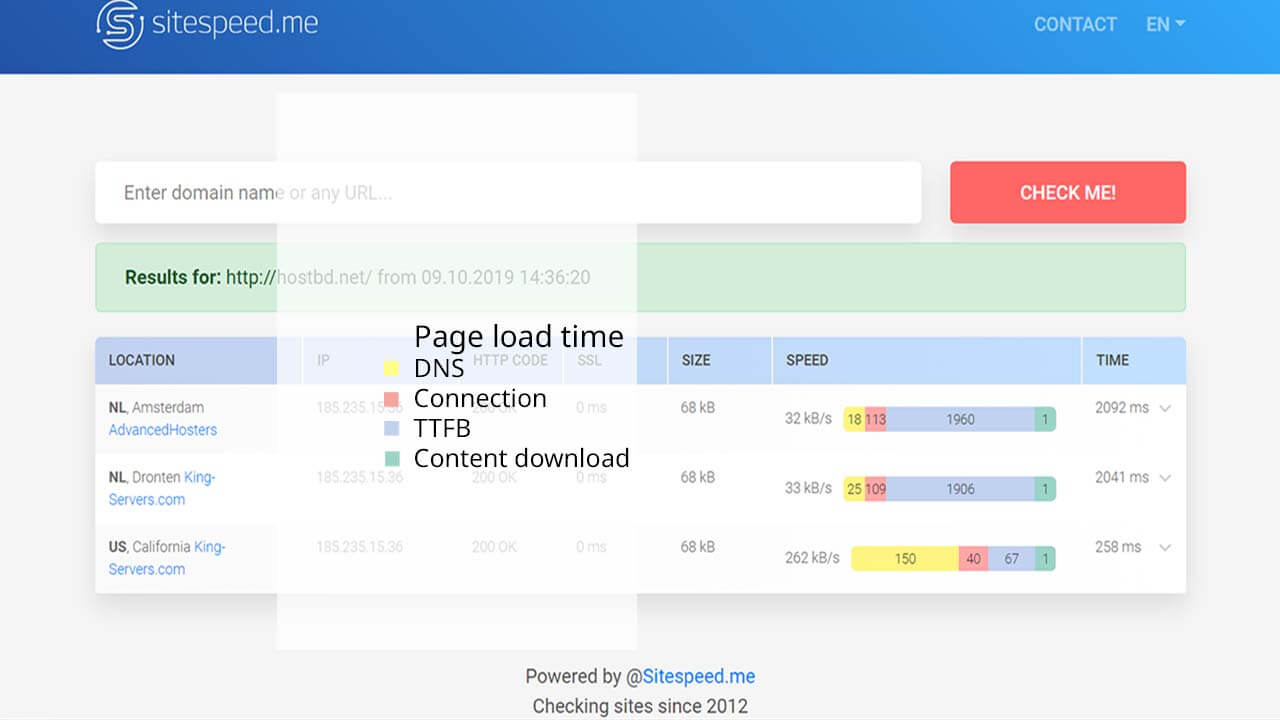A target audience is the part of the population who’s most probably interested in the products or services your company makes or sells. In relation to marketing and advertising, it’s a specific part of consumers who fit a precise targeted market which has been predetermined which are then recognized as the focused individuals in regard to a specific ad or communication.
Figuring out your targeted audience
The top way to begin is to think about the precise requirements your service or product satisfies. If your company designs websites for instance, your focus should be selling them to people who own a business instead of people getting ready for retirement. If, though, your targeted audience is more precise, it is vital to attain all the info you can on your potential customers, therefore your focus can be narrowed down.
Market research businesses can likewise aid you in conducting research of that kind. Presuming you have done this type of research and you know you actually have an audience that buys your products or services, then that makes your focus easier.
All you need to do now is get more traffic to your website as well as get more conversions.
Choose a website hosting nearest to your target visitors
An example of the first item on your list to accomplish when choosing a company to host your website is to find out where most of the visitors/customer are coming to your site from. Why is that vital? Because your site’s hosting location has a substantial part in defining your general network latency, as well as TTFB. It likewise effects your site’s SFTP speeds along with the responsiveness of your administration dashboard. Why is it so important? Where is the connection between site’s speeds and conversions? The answers are here.
What does it mean ‘Network Latency’? It is the amount of time/delay involved in transmitting data over the network. Basically, this is the length of time a packet of data takes to travel between two points. These days, that is usually measured via milliseconds; but, it might be measured in seconds dependent on the particular network. If this number is near zero, that’s considered very good.
TTFB or Time To First Byte. Put in easy to understand language, it is a measurement of the length of time a browser must wait prior to when it receives a first byte of info from a server. The lengthier that is, the longer a web page takes to open. Again, if that is near zero, it’s great.

You really don’t need to know all the technical aspects. It’s enough to understand that both these measurements need to be as close to zero as you can get them. A simple way to do that is to pick a website server nearest to where your customers/visitors are coming from. You can figure out where the best place is at via the following tips:
▣ Determine your customers’/visitors’ geolocation via Google Analytics
Firstly, you need to find your customers’/visitors’ geo-location via Google Analytics. This is found in “Audience → Geo → Location.”
▣ Find out the e-commerce info
If your website is an eCommerce web store, ensure you find out the location your clients come from. That’s the way businesses get their revenue, therefore they are the most vital people to visit your site. That ought to match the traffic your site gets; though, that’s not always true. If your site has eCommerce info setup or has goals inside Google Analytics, it’s simple to overlay the info over the geolocation info so you can make a better decision. Otherwise you can check the location info that’s stored in the database of the eCommerce platform your site is on.
▣ Other methods of reducing latency and TTFB
Besides picking a server close to your customers, additional methods to lower latency are:
- Instigate caching on your website.
- Use a content delivery network (CDN) to attend to cached resources from POPs worldwide. That assists in negating network latency in regard to visitors which may not be near your hosting server.
- Lower the amount of outside HTTP requests. Each of them may have their own additional latency depending on where their servers are.
- DNS has a role regarding TTFB, consequently you ought to use a top quality DNS provider that has the quickest lookup speeds.
- Use prefetch along with prerender for performing behind the scenes tasks as the webpage is loading.